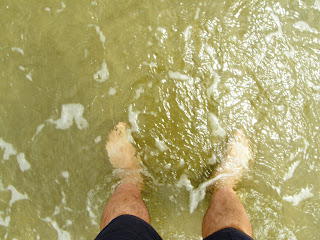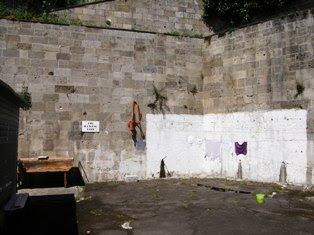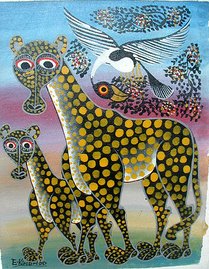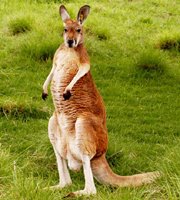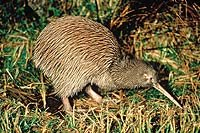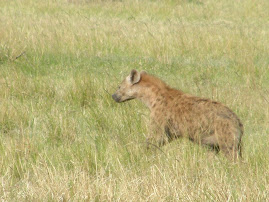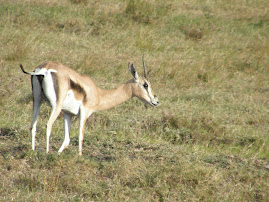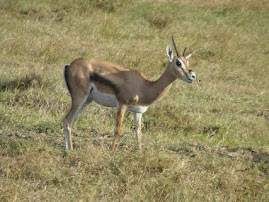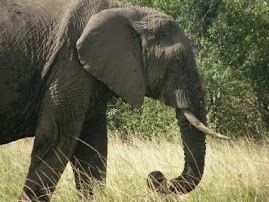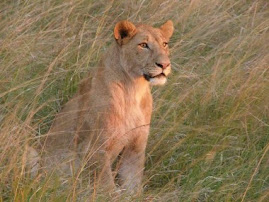It's famous for its glow worm caves. The worms are the larval stage of a type of fly, which means they are not worms at all, but rather .... maggots! Obviously, "glow maggots" doesn't have marketing appeal, so the alternative has become common parlance.
The larvae glow is the result of their waste matter being chemically burned. Pretty neat trick, that.
The Magic Bus only allows for one 3-hour tour before moving on to Rotorua, but I stayed overnight so I could do more. It was worth it. The sacrifice was that there is only a small market in Waitomo Village, as the main town of Waitomo is 15 Km away. So food is expensive and the choices very limited. However, Curly's Bar and Grill was a great alternative, with burger and a side salad (the best salad I've had in NZ, by the way) at $8.50 - $9.50, and shots of Heaven Hill bourbon (really nice on the rocks) only $3.80. Cheaper than beer!
The first tour was called "black water rafting" because (duh!) it's dark in the cave. After donning wetsuits and helmets, you pick out an inner tube ...
... walk down a few (?) stairs...
... and enter the cave (the representation from the CD of slides you can buy afterwards).
The map shows a side-trip that required crawling through a narrow tunnel into a stream before standing up again to view a waterfall.
In the first large room, there is a large stalactite that's nicknamed the "foot vessel," because it resembles an urn with a foot for its base.
Next, we floated in our tubes before setting up to fall backwards over a waterfall - the safest way to do it. Near the end of the trip, there was a slide, which was a longer drop but forward-facing, so less intimidating.
Caves breathe. That is, the air either flows inward or outward, depending on climactic conditions both inside and outside the cave. Therefore, insects venture into the cave and quickly become disoriented and lost. The glow maggots, er, worms, construct threads of silk covered with a sticky substance, one worm creating dozens of threads. The lost insects are attracted to the glow on the ceiling and get trapped in the threads. The worm then pulls up the thread and that's the end of that particular insect.
The second tour was with a company called Spellbound, founded by the man who originally started offering guided cave tours. The locals thought he was a nutball, but it has grown to a major industry with no fewer than 4 tour companies operating, serving over 30,000 guests a year each. At $100+ per person, you do the math. Spellbound is the best, IMHO.
Here are a couple of pretty good pics of the glow worms that I took in the second cave tour, which actually took us into 2 caves and kept us dry the whole time. The little buggers live inside a slime tube, and you can see a cave weta (locust-like insect that is a bit bigger and has a pretty good bite if it feels threatened).
Next up - Rotorua.




















